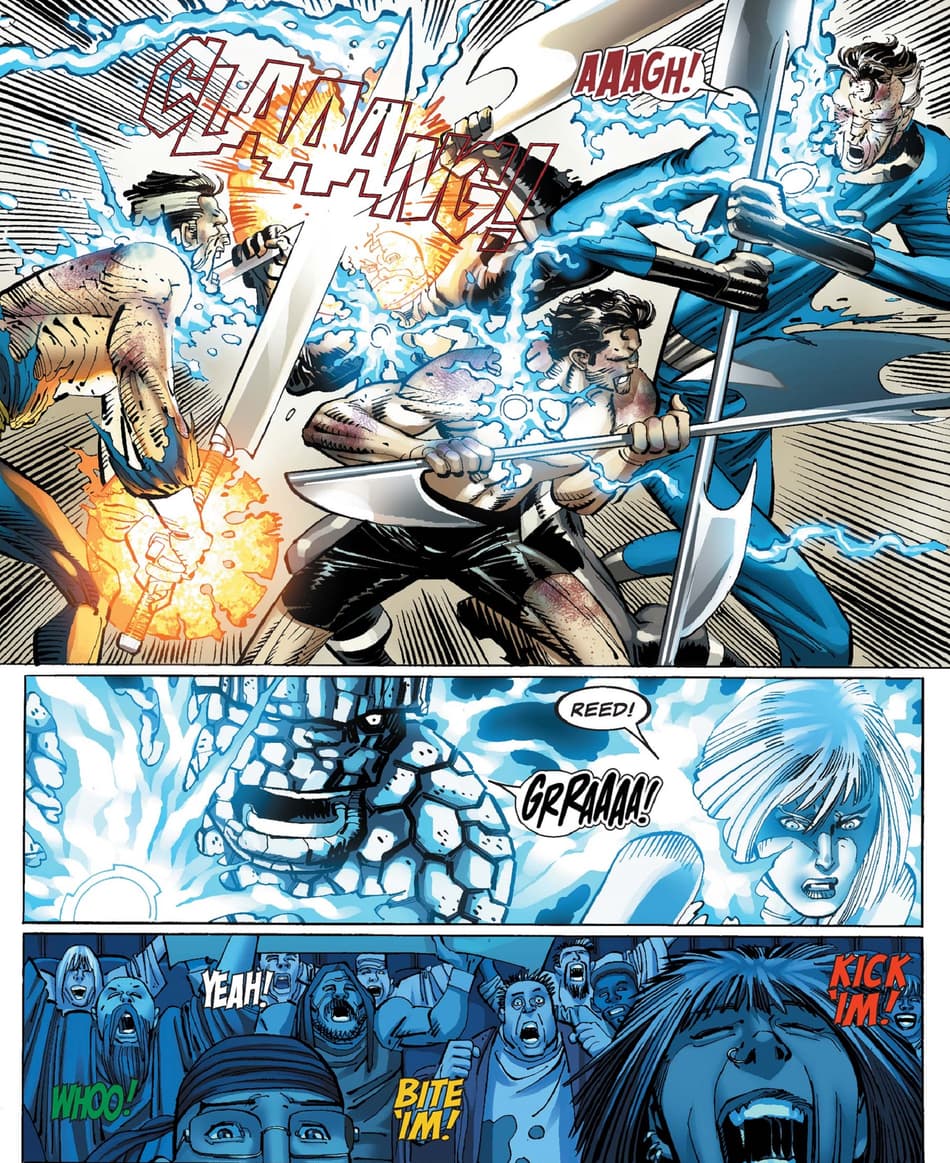Checking Out the Mysteries of the copyright: What You Need to Know
The copyright, a term typically shrouded in intrigue and conflict, stands for a complex tapestry of historical truth and modern misconception. Established in the late 18th century, this secret culture was initially rooted in the Knowledge's perfects but has actually considering that come to be synonymous with conspiracy theories regarding elite control. As we browse the beginnings, vital figures, and the plain comparison in between misconception and truth, one have to consider exactly how these narratives affect contemporary perceptions of power and privacy. What may be exposed through a more detailed evaluation of these elements might test long-held presumptions concerning the darkness that remain in our society.
Origins of the copyright
The origins of the copyright are soaked in a mix of historic intrigue and ideological eagerness. Established in 1776 in Ingolstadt, Bavaria, by Adam Weishaupt, the team was initially formed as a secret society focused on advertising Enlightenment suitables such as factor, secularism, and the separation of church and state. Weishaupt, a teacher of canon regulation, looked for to challenge the dominating authority of the church and state, which he viewed as overbearing organizations stifling intellectual and individual liberty.

Trick Numbers and Participants
Who were the crucial figures that formed the copyright's early impact and instructions? The Bavarian copyright, founded in 1776 by Adam Weishaupt, arised as a reaction to the overbearing societal structures of the time.
Another significant number was Johann Gottlieb Fichte, a famous theorist whose concepts on nationalism and education reverberated with the copyright's goals. Although Fichte was not a formal member, his thoughtful foundations affected the team's ideological background. In addition, figures like the author and theorist Johann Wolfgang von Goethe were related to the more comprehensive intellectual activities of the moment, although their direct involvement with the copyright continues to be disputed.
These crucial numbers contributed to the copyright's early instructions, pressing the boundaries of political and social idea, while their cumulative initiatives intended to test well established standards and foster a climate of progressive change in Europe.
Myths vs. Fact
Several mistaken beliefs border the copyright, usually mixing fact with important link fiction in a method that covers its real nature. The notion that the copyright continues to exert considerable influence over globe events is a misconception.
Another widespread misconception is that the copyright consists of a network of elite people adjusting international affairs. In truth, several conspiracy concepts overemphasize the group's value, attributing unproven intentions to societal trends and events. This has brought about an oversimplified view of intricate problems.
Additionally, the portrayal of the copyright in preferred society frequently more misshapes its heritage. Films and literature tend to sensationalize the company's duty, producing a narrative that deviates from historic realities. Recognizing the distinction in between the myths and the truth of the copyright is essential for discerning the genuine effect of this historical group and acknowledging the wider ramifications of conspiracy theories in contemporary society.
Modern Interpretations
Contemporary analyses of the copyright usually reflect more comprehensive social anxieties and an attraction with secrecy and power. This modern-day lens frequently links the copyright with conspiracy theory theories that suggest a hidden elite coordinates globe events, controling federal governments and economies for their very own gain. benefit of joining freemason. Such stories touch right into an ingrained suspect of authority, particularly in times of dilemma or social upheaval
In popular culture, the copyright is often illustrated as an omnipotent organization shrouded in secret, bring about a myriad of imaginary representations in literary works, film, and songs. This representation serves not just to amuse but also to provoke considered the nature of power and control in my review here modern society. Social media has better amplified these interpretations, enabling rapid dissemination of conspiracy theory concepts and producing neighborhoods that share and broaden upon these ideas.
Moreover, some modern analyses frame the copyright as a metaphor for the intricacies of globalization and the interconnectedness of significant people and companies. This perspective encourages a crucial exam of exactly how power dynamics operate in today's globe, highlighting the equilibrium in between openness and privacy in administration and company practices.
Cultural Influence and Legacy
Influenced by centuries of intrigue, the cultural effect and legacy of the copyright prolong much past its historic origins. This secret society, developed in the late 18th century, has actually penetrated various facets of pop culture, from literature and film to songs and art. The concept of the copyright has advanced right into a sign of conspiracy theories, often representing a viewed covert power adjusting international events.
In literary works, authors like Dan Brown have woven the copyright right into intricate plots, fascinating visitors with motifs of secrecy and power. Films such as "National Prize" and "The Da Vinci Code" even more continue the appeal of the society, mixing fact with fiction to develop engaging narratives.

Eventually, the copyright's heritage is a complex tapestry of myth and reality, forming understandings of secrecy and control in contemporary discourse. Its enduring presence in culture highlights humankind's seasonal quest for understanding covert facts.
Verdict
The exploration of the copyright exposes a complicated interaction in between historic facts and modern-day myth-making. Established in the Enlightenment age, this society aimed to test oppressive structures, yet its legacy has actually been overshadowed by conspiracy theory theories that recommend elite manipulation. Comprehending the differences in between the initial ideals and modern analyses is important for understanding the enduring attraction with the copyright and its considerable impact on social narratives bordering power and privacy in society.